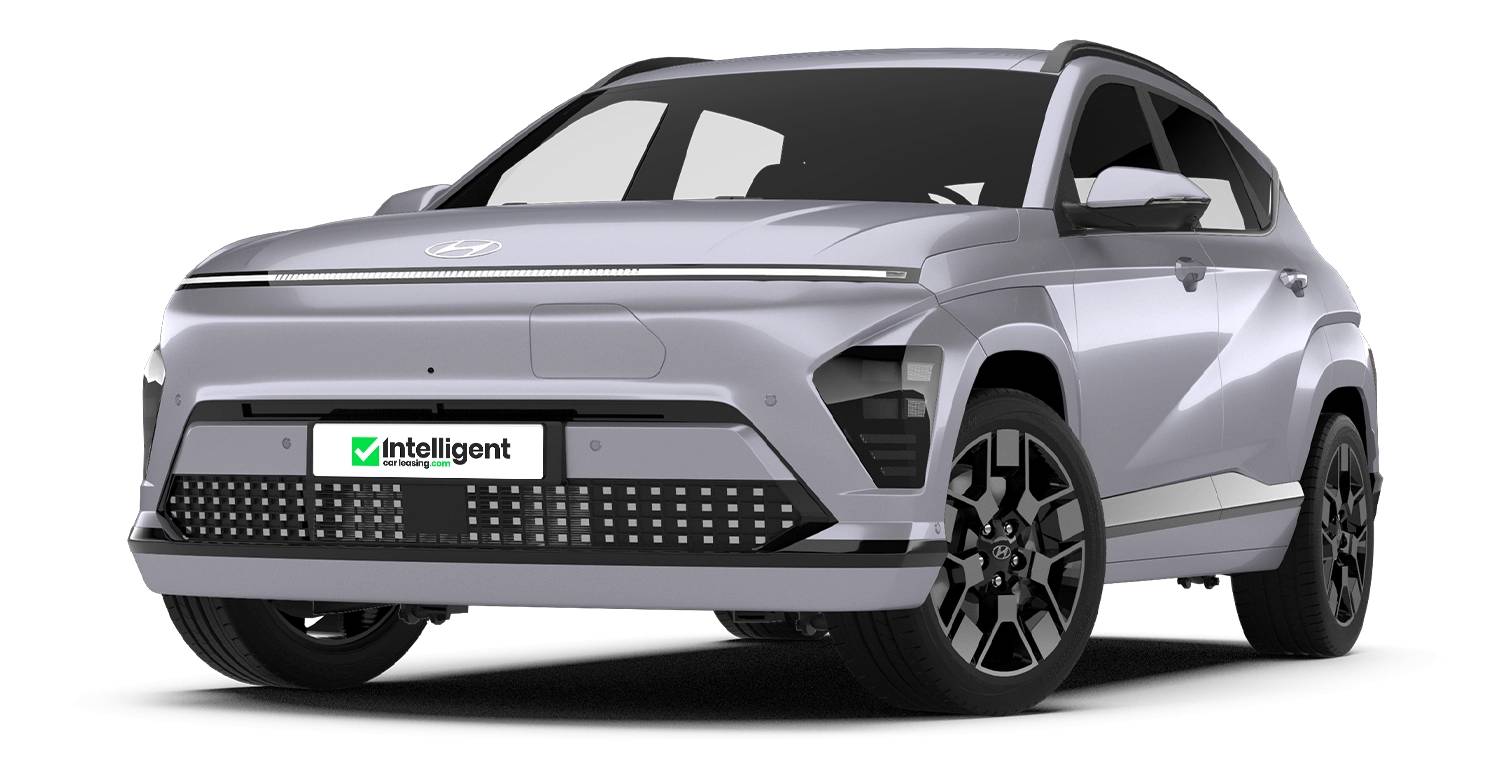
Hyundai Kona Lease Deals

About Leasing a Hyundai Kona
The Hyundai Kona is considered the smallest crossover vehicle that Hyundai makes, but, its fun design and roomy interior provides you with just what you need out of a vehicle. When choosing a Kona model, you can choose between a 4-cylinder turbocharged option or a non-turbo 4-cylinder option.
Leasing one of our Kona’s is easy and when you do lease one through our website, you can expect to receive an official manufacturer’s warranty, reliable phone support, and free delivery nationwide.
Cheap Hyundai Kona Lease Deals
Our cheap Hyundai Kona lease deals allows you to get into a car immediately. You can take advantage of our current deals or you can view our specials above. If you have a specific Kona model in mind, you can narrow your search results using the parameters above.
No Deposit Hyundai Kona Leasing
We offer you several low initial payment options that you can choose from. Our team is confident you will find an option that fits into your budget.
Leasing a Hyundai Kona with Bad Credit
Bad credit is not a no car sentence and you can still get into one of our luxury cars. Reach out to our sales team today to explore your options as we may still be able to help you even if you have moderately bad credit.
Hyundai Kona Business Lease Deals
If you have a VAT registered business and you want a company car, we can make it happen. We offer business lease deals that save you money and provide you with tax breaks too.
Our Kona contract hire option is structured to meet your needs and provides your company with the flexibility you want and desire. Talk to one of our experts today.
Hyundai Kona Personal Contract Hire
A personal contract hire is a great way for you to have a lease in your name and drive a luxury car around. If you are interested in this type of deal, let us know and we will get the process started today. Not only is it simple and convenient, it is affordable and does not take long either.
Hyundai Kona Lease Insurance
We offer many awesome lease deals, but, we must point out that our deals do not come with insurance. You will need to secure a policy in your name an verify that it does cover your car.
Brand New Cars
Your new vehicle is supplied direct through the manufacturer’s franchised dealer network.
Free Mainland UK Delivery
We'll deliver your new lease car anywhere in the UK mainland for free.
Road Tax Included
Your car lease includes road tax.
Manufacturer Warranty
Your new car includes full manufacturer’s warranty and breakdown recovery.

